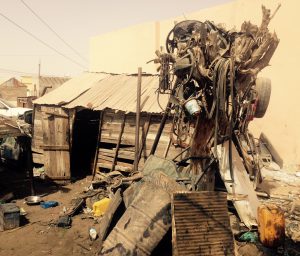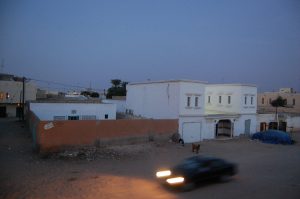
The populations of the western regions of the Sahara have undergone significant changes over the past fifty years, notably associated with a shift from a history of nomadic pastoralism to an ontological redefinition as dwellers of urban settings. The self-identification of these populations is currently under question, acknowledged-at least since the 14th century-by the “long struggle of competitive cooperation between sedentary societies and their nomadic neighbors” (P. Curtin, Cross-Cultural Trade in World History, 2002: 16).
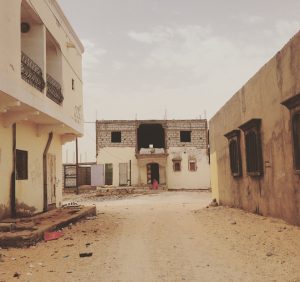
Mellah neighborhood, eastern Nouakchott
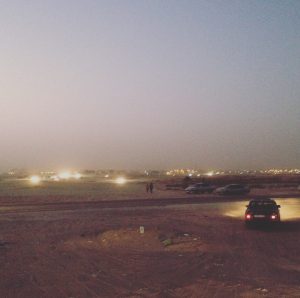
The runway of Nouakchott’s now dismantled airport is presently used for recreational purposes (meetings, picnics, barbecues)
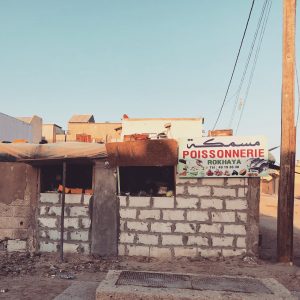
Unregulated architectural efforts form the bulk of the urban landscape
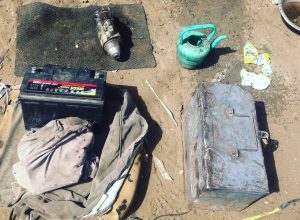
“Industrial” landscapes are often associated
with the overwhelming mechanization of the
means of transportation
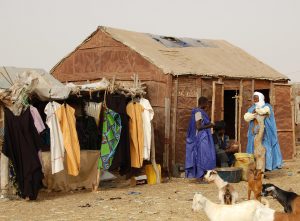
Prefab commercial stand at Nouakchott’s marbat
(livestock market)
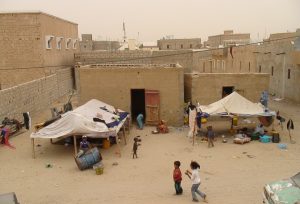
Different urban habitats coexist side by side
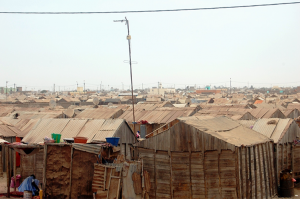
Thousands of people still live in prefabricated
shacks in Nouakchott’s periphery
© Francisco Freire for CAPSAHARA, 2020


